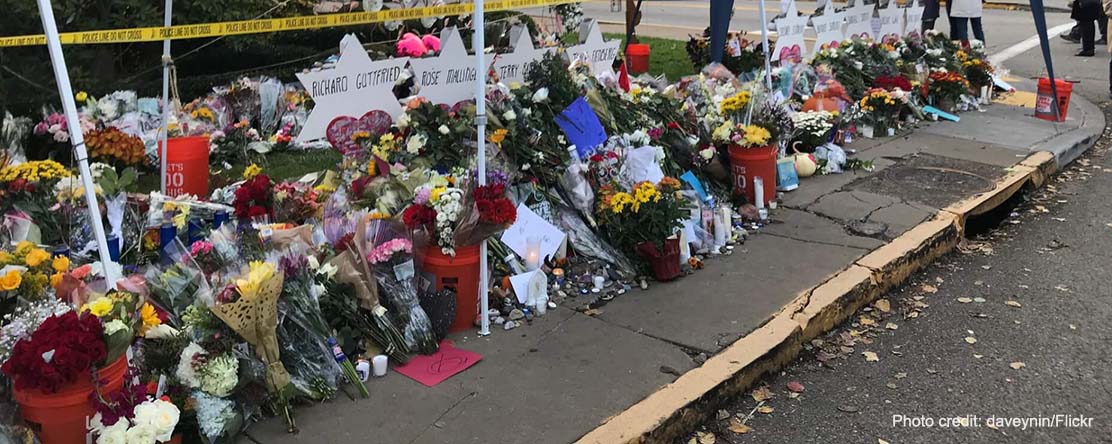
In the News
Mass Shootings Dominate Reporting on Gun Violence. Here’s What We Need to Talk About Instead.
-
Focus Areas
Healthy Communities -
Issues
Violence Prevention

For decades, the media has treated the gun violence issue like it was a sport, dividing America into two camps: fans who love guns and opponents who fear guns. This simplistic sorting fuels furious political debate, but also has deleterious consequences for an issue that deserves a thoughtful, data driven approach.
Many people learn about gun violence—and self-separate into pro and con teams—by consuming news reports. Media outlets lay much of the groundwork for our societal debate on gun violence merely by deciding which incidents to cover, and how they choose to frame these events. Mainstream media holds immense power when it comes to depicting both the perpetrators and victims of gun violence.
Hope and Heal Fund provided funds to Berkeley Media Studies Group (BMSG) to analyze media reports of gun violence, finding that coverage is primarily driven by public mass shootings and episodic community shootings. The absence over balancing coverage, however, creates a distorted narrative, making it seem as if public mass shootings are a major cause of gun deaths in the U.S.
While unbelievably tragic and heartbreaking, public mass shootings make up about 1 percent of the nearly 40,000 gun deaths per year.
With regard to community gun violence, most notable is the absence of meaningful narration and inclusion by the community experiencing such violence and their local solutions.
Instead, tragic incidents are almost always filtered through a criminal justice lens, with law enforcement officials being the main spokespersons.
The relentless focus on public mass shootings has consequences. Continual depictions overemphasizes the prevalence of mass shootings, and it sustains the (erroneous) assumption that gun violence is inevitably the inheritance of black and brown communities.
And missing almost entirely from the cannon of news coverage are what should be plentiful references to preventable firearm suicides and domestic violence where the firearm is the most common and lethal means of death.
This must change. If it doesn’t, we’ll stay stuck in a death-inducing spiral of polarization and politics; we’ll contort our policymaking to accommodate an occurrence that is rare, and we’ll continue to see community violence ignored on both the policy and public funding front and this would be particularly tragic.
Tremendous strides are being made in urban communities by leaders implementing successful violence-reduction strategies. Lastly, we won’t know about promising strategies to reduce the lethal means (firearms) in suicide attempts and domestic violence situations.
How do we change these media narratives? By amplifying the voice of victims and survivors. The BMSG analysis showed that victims and survivors are rarely interviewed, with the narratives mostly left to law enforcement and politicians.
Originally published by Pennsylvania Capital-Star
More Updates
Work With Us
You change the world. We do the rest. Explore fiscal sponsorship at PHI.
Support Us
Together, we can accelerate our response to public health’s most critical issues.
Find Employment
Begin your career at the Public Health Institute.



